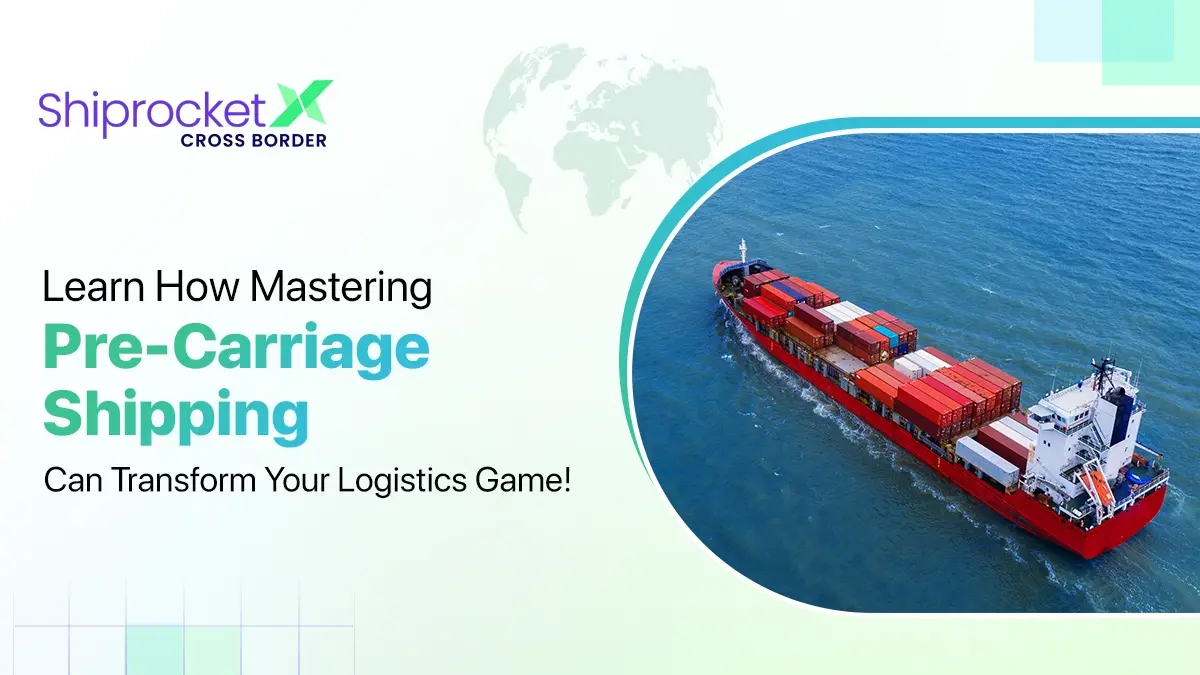Your Ultimate Guide to Effective Social Media Advertising
It’s hard to imagine a company being successful and experiencing substantial growth every year without an effective advertising strategy in place. Advertising is how a business promotes itself and its products and services through different mediums. Social media advertising is one of the most effective types of advertising these days and is being adopted by almost all the businesses, whether big or small.

A powerful marketing tactic, social media advertising increases brand awareness, drives leads, and boosts revenue. It is a process of targeting buyer personas and relevant audiences to promote brand, products, and services via social media ads and posts.
This guide will talk about social media advertising effectiveness and how to create a social media strategy.
How Effective Is Social Media Advertising?

Companies still relying on traditional advertising are missing out on something huge. The very purpose of advertising is to reach maximum consumers as then only you will be able to target the right ones. Advertising through social media presents an opportunity to reach more consumers at a meagre cost.
Better Opportunities
Advertising through social media is much more effective as it nurtures more leads and helps transform prospective buyers into loyal ones. Unlike traditional platforms, social media helps in engaging and interacting with customers. It creates a two-way relationship, which helps in establishing trust. Apart from products and services, free materials like blogs, whitepapers, and E-books can also be promoted online.
Cost-Efficient
In addition to offering better opportunities, social media is also cost-effective. The above table shows the cost of reaching 100 people through different mediums. As per the data from LinkedIn, the cost of reaching 100 customers via Direct Mail and TV broadcasting is $5.7 and $2.8, respectively, while for social media, the media spend is just $0.25.
The primary reason behind this is that it is very convenient to advertise online. You can broadcast to people with just a few clicks. While for traditional and print media, the marketing material needs to be delivered physically, which is often more time-consuming.
Reaching Potential Consumers
The audience is the biggest difference between the traditional means of advertising and social media advertising. If your media planning includes television commercials and ads on the bus, you have no control over who gets exposed to the advertisement. Around 20,000 people may witness your ad in a day, but it might happen none of them could be your actual consumers!
However, with social media, you get to target your potential customers directly. By creating a custom audience on Facebook Ads or Google Ads, you can ensure the right audience sees the ad. The custom audience can be created on the basis of audience location, age, gender, and even language. You can be more specific by filtering down other aspects like interests and relationship status. Moreover, the same can be done on Twitter, LinkedIn, Instagram, Pinterest, and other social media sites.
Media Consumption
It should come as no surprise that more and more people are becoming familiar with the technology. Mobile usage has shot up and completely changed the digital space. As per the Digital 2019 report by HootSuite, a consumer spends an average of 6 hours online every day. And the average television consumption is just 2 hours a day. This undoubtedly is a huge marketing opportunity for businesses.
Measurable Results
Last but not least, social media advertising offers measurable results. In essence, you can see real-time results and take immediate actions as per the current trends. However, with traditional advertising, you are left wondering why it did not work.
With the help of analytics, you can check why your advertisement did not work. Maybe several people clicked on the ad but left the landing page as soon as they realized that the inquiry form is a bit lengthy to fill. By changing the inquiry form and making it crisp, you can turn your failed campaign into a success.
A better return on investment is generated by moving advertising to social media from traditional methods. In no way do we mean to say that traditional advertising is not effective. It’s just that social media advertising can generate more leads, sales, and, therefore, profits at a comparatively lesser cost.
How to Build a Social Media Strategy?

Ready to figure out how to create the best social media strategy? Have a look!
Setting Marketing Goals
The first thing is to figure out what do you want to achieve from social media. To come up with the best social media advertising plan, you need to know the end result. Whether you want to increase brand awareness, announce a new product launch, or generate leads. Notably, the goals need to be realistic.
Researching Target Audience
Don’t make assumptions!
Research your target audience and find out the best social media platform to reach them quickly. There are various analytics tools that can be extremely useful. As per the chosen platform, find out the best type of content to publish.
Top platforms to invest money right now include:
Google Ads
Snapchat
Social Media Metrics
The social media strategy should be data-driven. Focus on the media metrics that matter, such as post reach, clicks, likes, comments, engagement, and hashtag performance, etc. The effectiveness of your strategy is rooted in numbers. These numbers can then be compared to the original goals.
Analyze Competition
Keeping an eye on the competitors’ strategies is the best way to learn from their success and failures. Before you start, analyze the competition. See what’s working for competitors and what’s not. Gain meaningful insights from their social media presence. Draw conclusions and create your strategy accordingly.
Create Useful and Engaging Content
The entire social media marketing is content centered!
Don’t create and post content just for the sake of it. Publish meaningful, insightful, and engaging content based on your brand identity and as per your goals. Stick to the content theme. You can also create interactive content like videos. Never compromise on timeliness! You can also consider paid social media advertising through Google Ads and Facebook Ads.
Assess What’s Working
No matter how carefully you plan the strategy, there is no guarantee it will work. You need to analyze it at regular intervals and find out what’s working and what’s not working for you. Take the help of Google Analytics or Facebook Analytics, and track how the metrics are progressing.
All’s good if the metrics represent that the content is attracting the right audience and is being shared by them. Create more of that type of content. However, if the content is not performing well, note what is not working, and change the strategy accordingly.
It might also happen that the content is good, but you have chosen the wrong social media platform. Therefore, ensure that you share the same content on various platforms and track their metrics individually. Never be afraid of making changes to the strategy that can help improve your social success.
Hopefully, the guide served the purpose of providing you with much-needed inspiration for creating an effective social media marketing strategy. You may have also understood that there is no better marketing strategy than social media advertising. Investing your resources on social media marketing will undoubtedly deliver consistent, scalable, and quality leads.





